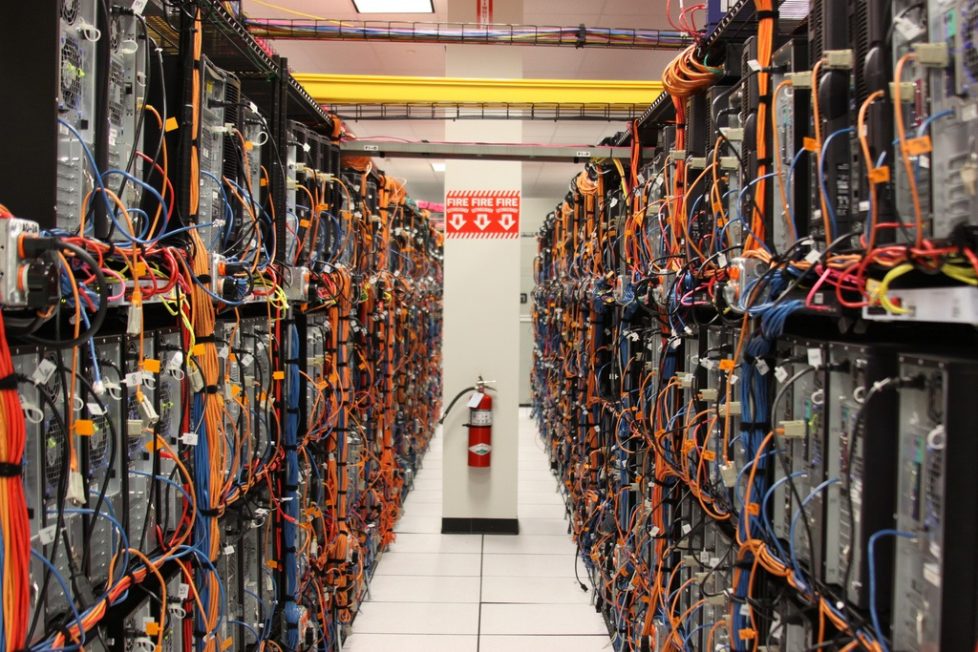High Tech Data Center Power Demands Much from the Grid

The data center is a vital element to the enterprise and it also consumes a significant amount of power. Before a company can elect to launch a new software platform or implement the latest application to drive streamlined data management, IT professionals must be sure the data center can handle the load. Part of this evaluation includes an examination of data center power and whether or not the change can be supported.
Data center power was the focus of this Gazette Times piece as it highlighted the story of a high-tech company that had to change its plans for moving its data processing center due to power issues. The original plan was to move the data processing center to Pendleton’s industrial park. The company was attracted to the cheap energy and the city’s large fiber optic capacity.
Known as “Project Cowbell,” this move never took place and the promise of 35 well-paying jobs went unfulfilled simply because Pendleton does not offer the power capacity to support such a center. In order to justify a move to any new location, enterprise decision makers have to be sure that the infrastructure is there to support data center power requirements.
Pendleton economic development director Tracy Bosen noted that the high-tech company had selected Pendleton because they loved the location and what the area had to offer. The company sat down with community leaders to make a deal. Had the data center power requirements been within reach for both players, the deal could have been easily struck, according to Bosen.
The challenge was that instead of an immediate deal, the two parties could not figure out how to pay for the necessary $15 million upgrade to Pendleton’s power grid in a way that was beneficial for both sides. As a result, Project Cowbell has never been completed and the industrial park has never been developed.
In reality, the data center power necessary to support an initiative like Project Cowbell is around 10 megawatts of power capacity. For Pendleton and the surrounding area, a peak daily usage is generally between 40 and 45 megawatts. If no upgrades were made to the city’s power grid, it could support the addition of seven megawatts, or enough to power 2,100 homes. In most cases, a company could easily relocate to Pendleton and the power grid could support the development. Only the data processing center demanded more of the grid.
Whether or not Project Cowbell ever finds a home may depend largely on the data center power requirements of the data processing center and the availability of power grids ready and willing to support the load.
